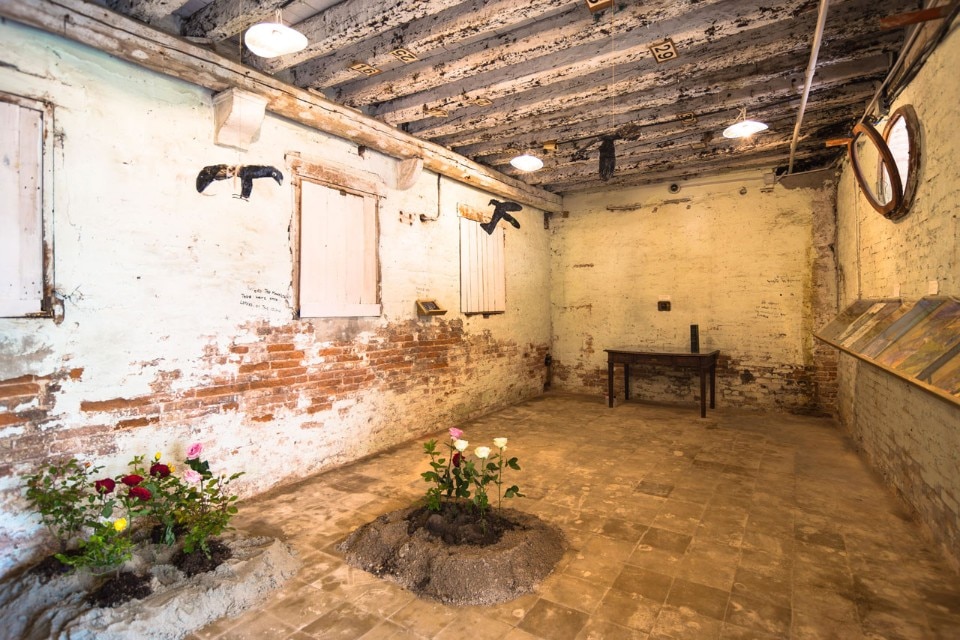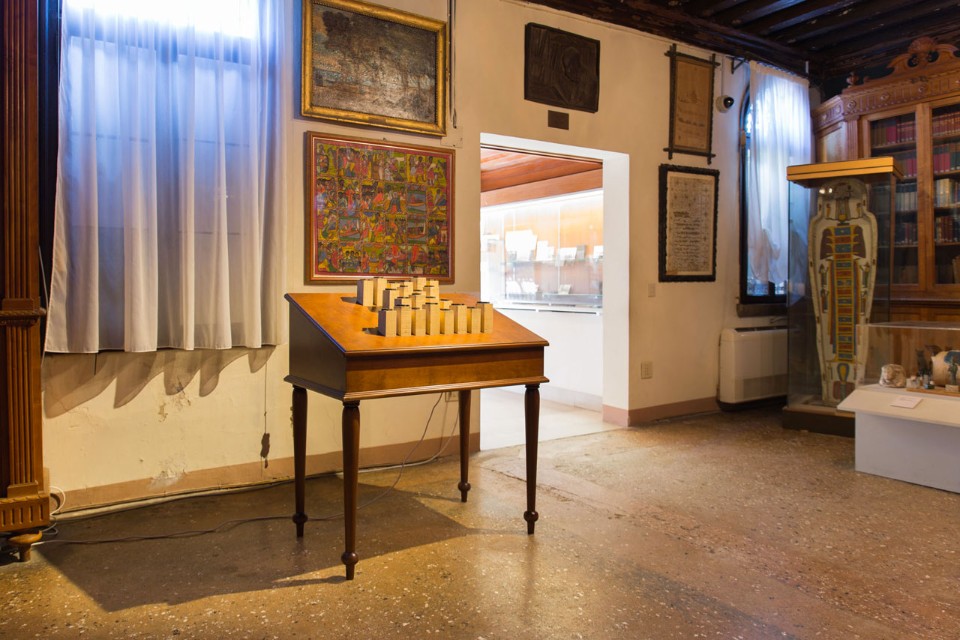
Since it was built in the early 18th century, this microcosm has throbbed with Armenian culture. After 1915, it took in many children who had survived deportation and offered them an education.
Today, in conjunction with the centenary of the Armenian Genocide, San Lazzaro is home to the Armenian Pavilion of the 56th Venice Biennale. A pavilion given over not so much to an actual country but more to a population scattered worldwide that epitomised the concept and spirit of internationalism long before the word global came into use. Adelina Cüberyan von Fürstenberg is its curator and has dedicated it to Arménité, the sense of being Armenian in the diaspora.
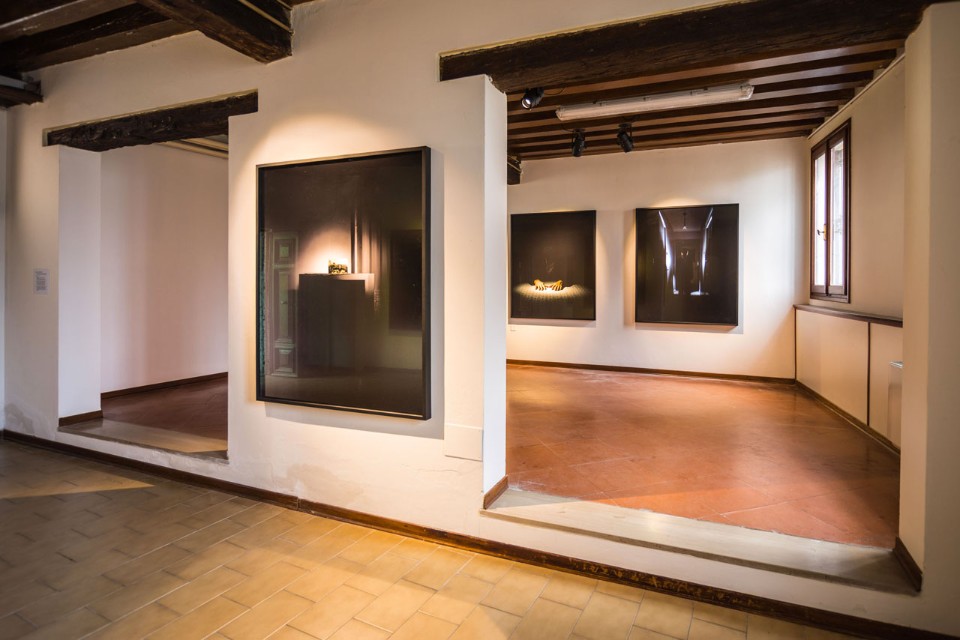
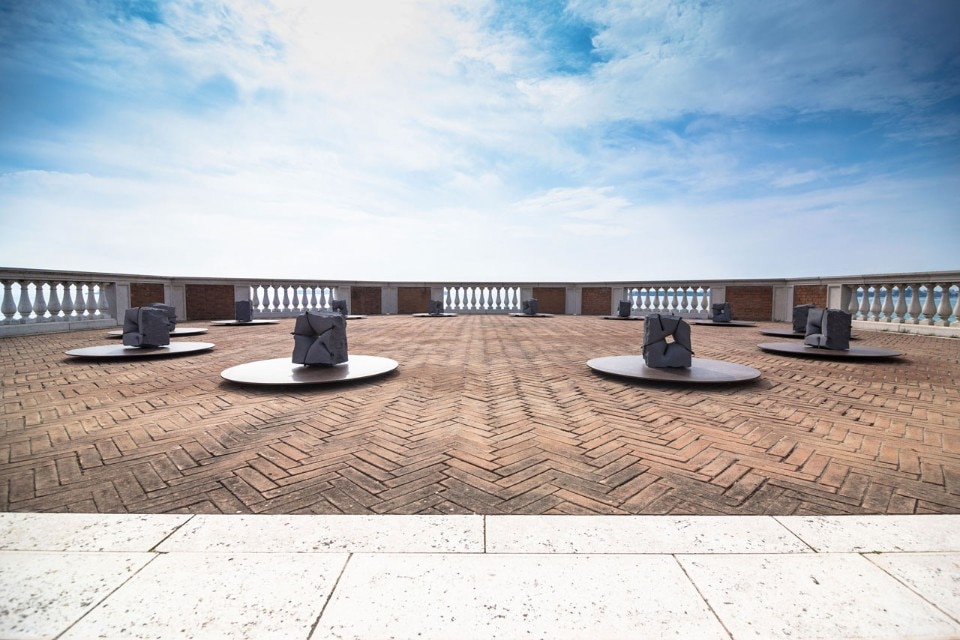
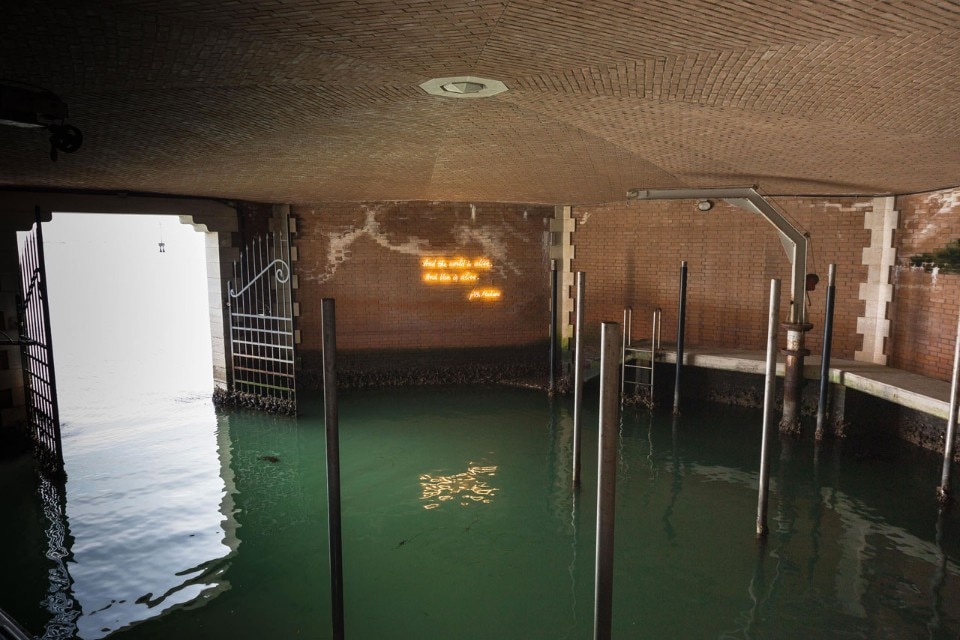
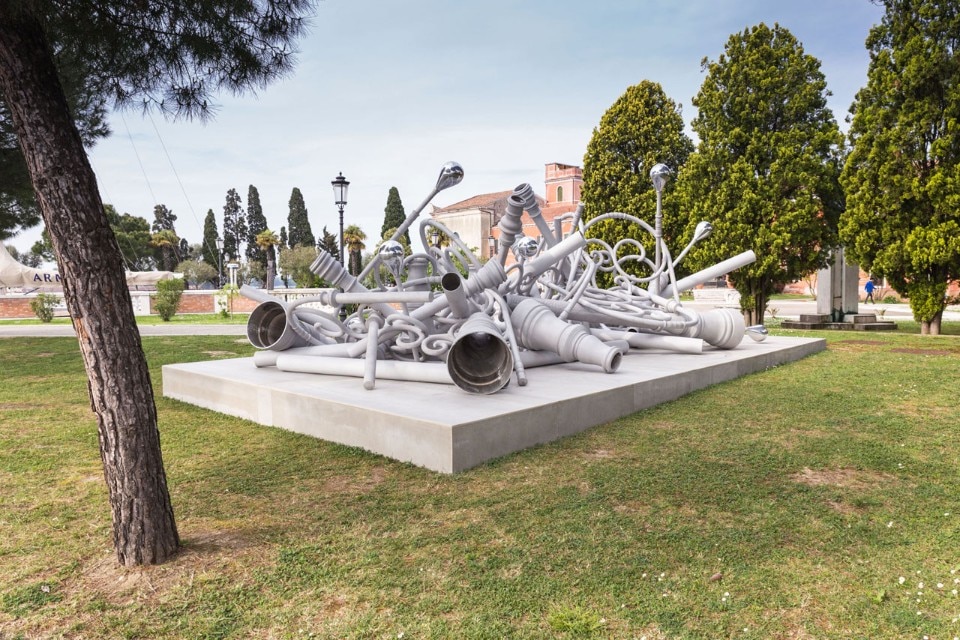
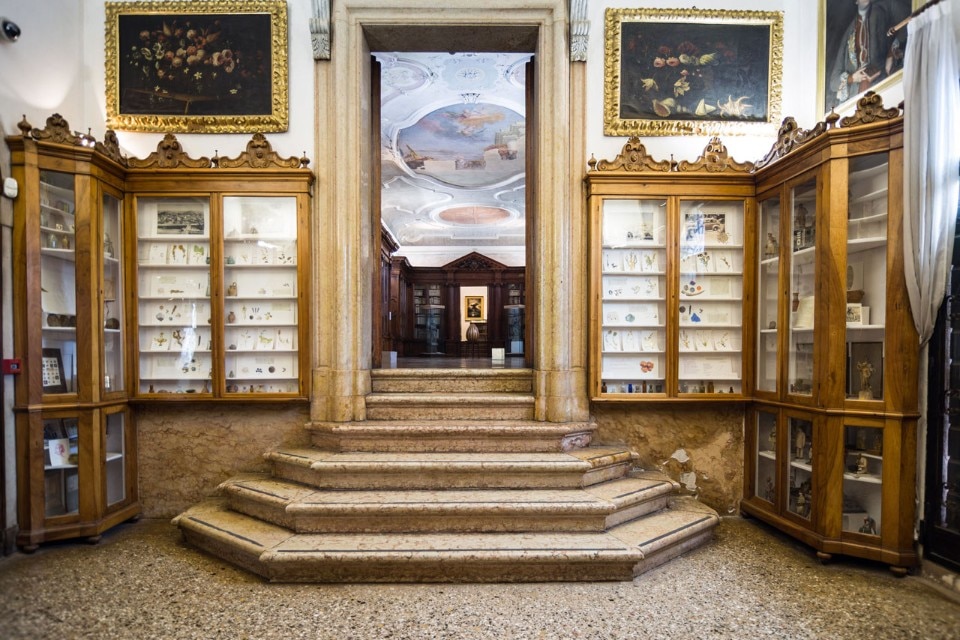
Yervant Gianikian and Angela Ricci Lucchi have worked for decades to remove the filters and rhetoric structures that condition our reading of history and images. Their work is fundamentally filmic but it also contains tiny sketched drawings, created with watercolour and for the most part monochrome but brought alive by splashes of vibrant colour. In one room in the Monastery, Gianikian and Ricci Lucchi exhibit a long white roll on which Ricci Lucchi has drawn the Armenian fairytales Yervant’s father, Raphael Gianikian, used to tell her. Another room exhibits the Ritorno a Khodorciur video, a full-length film based on a single take in which Raphael Gianikian narrated his experience as a survivor: memories stripped bare via which the 80-year-old man bears witness also for those who never could. Having as a child survived the death marches, then slavery and saved after seeing his community fall, Raphael studied in Italy with the Mkhitarist brothers. Yervant Gianikian and Angela Ricci Lucchi felt that showing the video on the island was a little like bringing him home.
For them as too for the other artists exhibiting in the Armenian Pavilion, the memory of the Genocide is personal baggage and a founding element; facing up to it is sharing the history and also the responsibility for the future.
In the year of the Centenary of the Genocide, this gives Arménité a significance and intensity that won the Pavilion an important Golden Lion for the best national participation at the Venice Biennale.
until 22 November 2015
Padiglione nazionale della Repubblica di Armenia
56. Venice Art Biennale
Isola di San Lazzaro degli Armeni, Venice

